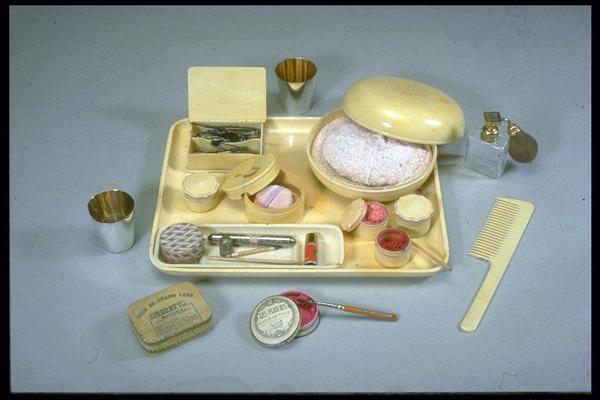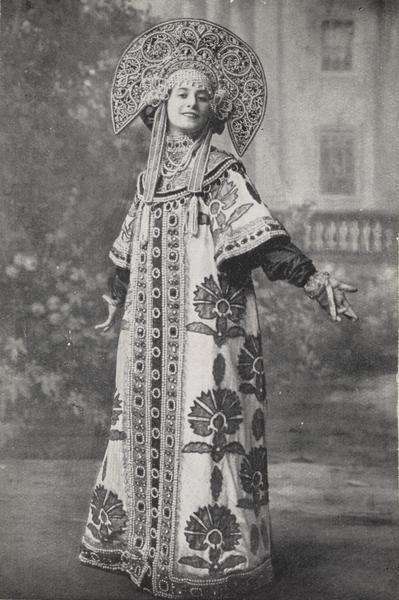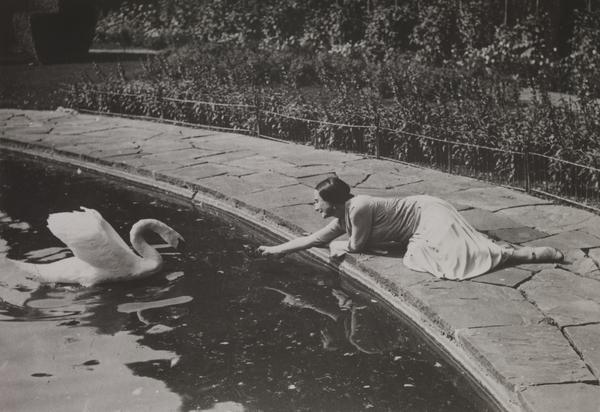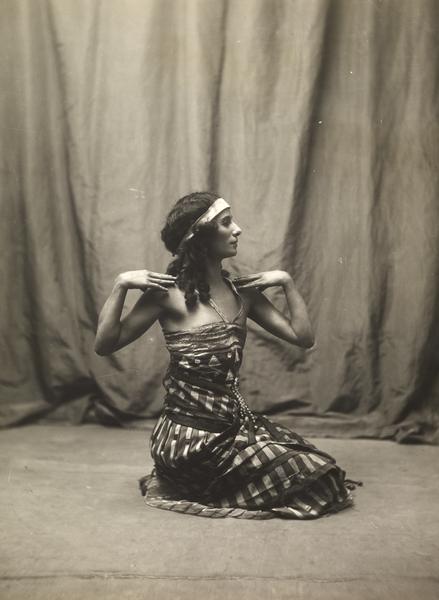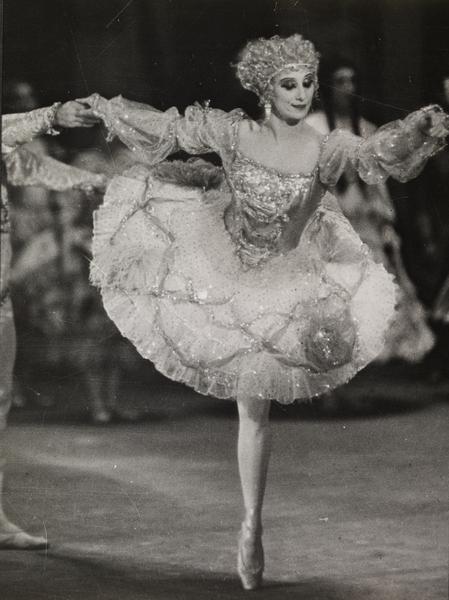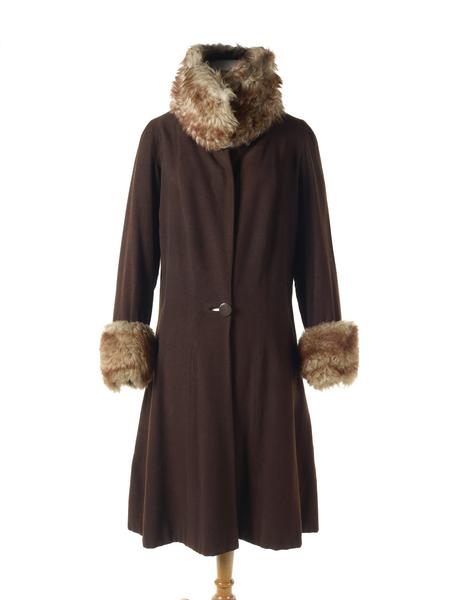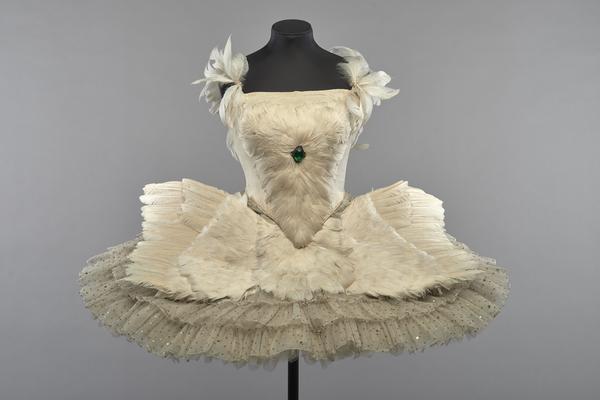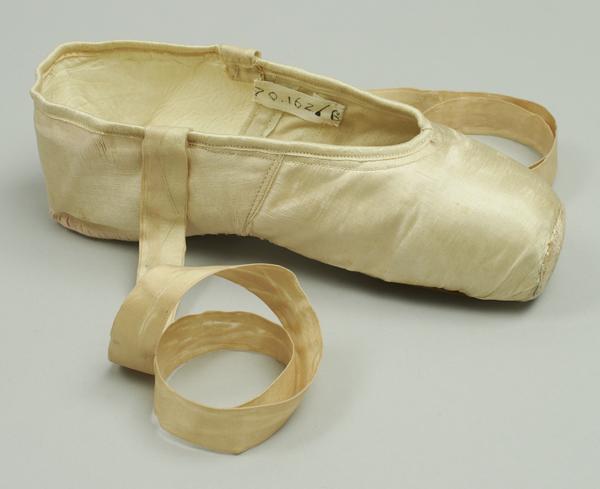The great ballet dancer Anna Pavlova
One of the best-known ballet dancers of all time, Pavlova toured the world from her adopted home of London and inspired a new generation to engage with ballet.
1881–1931
A master of delicate drama and deep emotion
With her poetic, expressive style of dance, Pavlova often moved her audiences to tears. She played a key role in making classical ballet popular all over the world.
Born into poverty in St Petersburg, Russia, Pavlova trained at the city’s Imperial Ballet School. In 1899, she joined the Imperial Ballet itself and in 1906 achieved the top rank of prima ballerina. She also danced briefly with esteemed dance companies like Serge Diaghilev’s Ballet Russes.
But Pavlova was a star in her own right. She set up her own company, the Pavlova Company, in 1913. And her independent tours took her to far flung places, before her tragic death aged just 49.
London Museum has a rich collection of over 600 objects relating to Pavlova – including many costumes and photographs of her performances.

Backstage at the Royal Opera House.
The Dying Swan
One of Pavlova’s most famous performances was Le Cygne, meaning The Swan, choreographed for her by Michel Folkine. Set to the sombre cello piece by Camille Saint-Saëns, Pavlova dances as a swan in the fragile final moments of its life. It became known as The Dying Swan.
She was already a well-known ballet dancer when she performed it for the first time in St Petersburg in 1905. But this solo – full of emotion and a delicate kind of drama – was an instant success. It became her signature ballet. And Pavlova became known as the Immortal Swan.
Only three of Pavlova’s feathered tutus from The Dying Swan are known to have survived. One tutu from around 1910–1920 is in our collection.
Pavlova’s London debut
Pavlova first performed in London at a couple of private parties in 1909 – including one for King Edward VII and Queen Alexandra. She danced The Dying Swan and The Russian Dance, a solo from The Nutcracker.
“She achieved, in a single night, the greatest success of any artist in my memory”
Sir Alfred Butt
But she made her public London debut at the Palace Theatre in 1910. She was booked by theatre impresario Alfred Butt to perform nine times a week for a three month season. She opened a programme of divertissements (short dance sequences or scenes taken from full-length ballets) as part of a variety bill.
Pavlova became an overnight star. Butt later recalled: “I brought her to London at £160 a week, she achieved, in a single night, the greatest success of any artist in my memory… soon I was paying her £1,200 a week.” A gold statue of a posed Pavlova stands on top of the theatre today.
Making London and the Ivy House her home
Pavlova was hugely popular in the capital. In 1912, she bought the Ivy House in Golders Green, next to Hampstead Heath. She settled here permanently after the Russian Revolution of 1917.
“There are other great dancers. There is only one Pavlova.”
The Times, 1920
Her first appearance after the end of the First World War – in 1920 at the Theatre Royal, Drury Lane – was treated by the British press as the return of a great national heroine. “Mme. Pavlova is still Pavlova, the incomparable,” wrote The Times. “There are other great dancers. There is only one Pavlova.”
She continued to perform regularly in London at theatres like Princes Theatre, Queens Hall and the Royal Opera House.

Pavlova had pet swans in her Hampstead garden – one of which is called Jack.
The ballerina who travelled the world
Pavlova toured relentlessly beyond the UK. With her own dance company she created in 1913, she travelled across Europe, the Americas, South Asia, East Asia and Oceania. Remember commercial air travel was in its very early stages at that time – much of this would have been by boat or train.
She danced in major cities as well as small-town venues where ballet was unknown. She was a global household name: think of ballet, and you’d think of Pavlova. The Australians and New Zealanders even named a meringue and fruit dessert a ‘pavlova’ after her tours there in 1926.

Posed en pointe in a costume for Snowflakes, a ballet that came from The Nutcracker.
But it was travelling on yet another tour where Pavlova contracted pneumonia, an infection of the lungs. She tragically died at a hotel in the Netherlands on 23 January 1931.
Even after her death, her reputation continued to flourish. She’s still looked at as a key figure in ballet history – one who brought emotion into dance.






